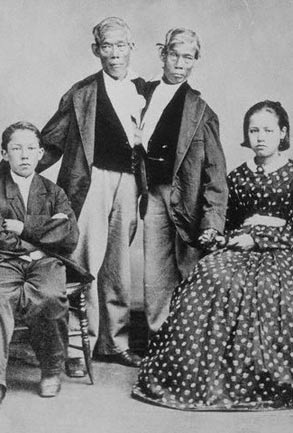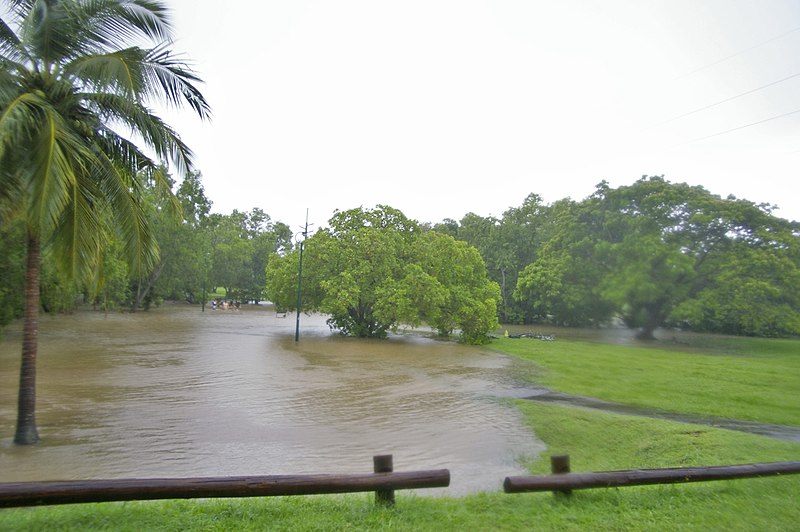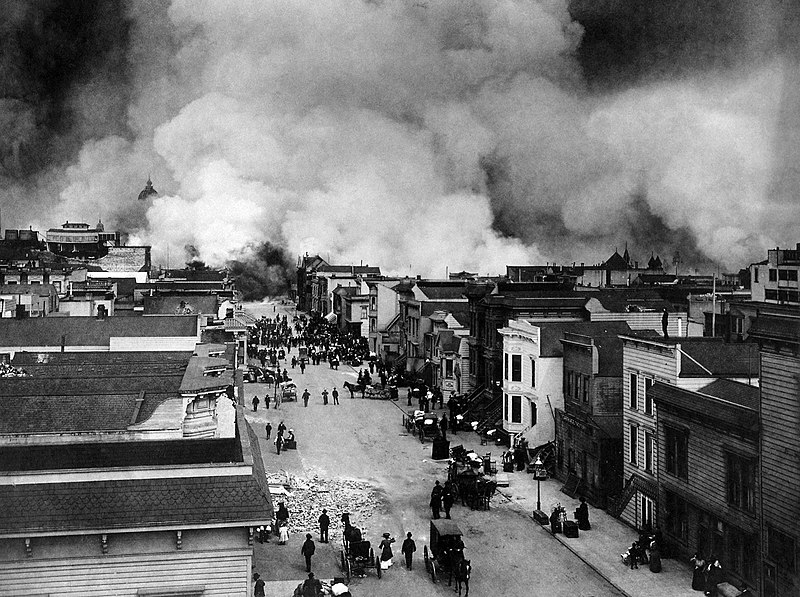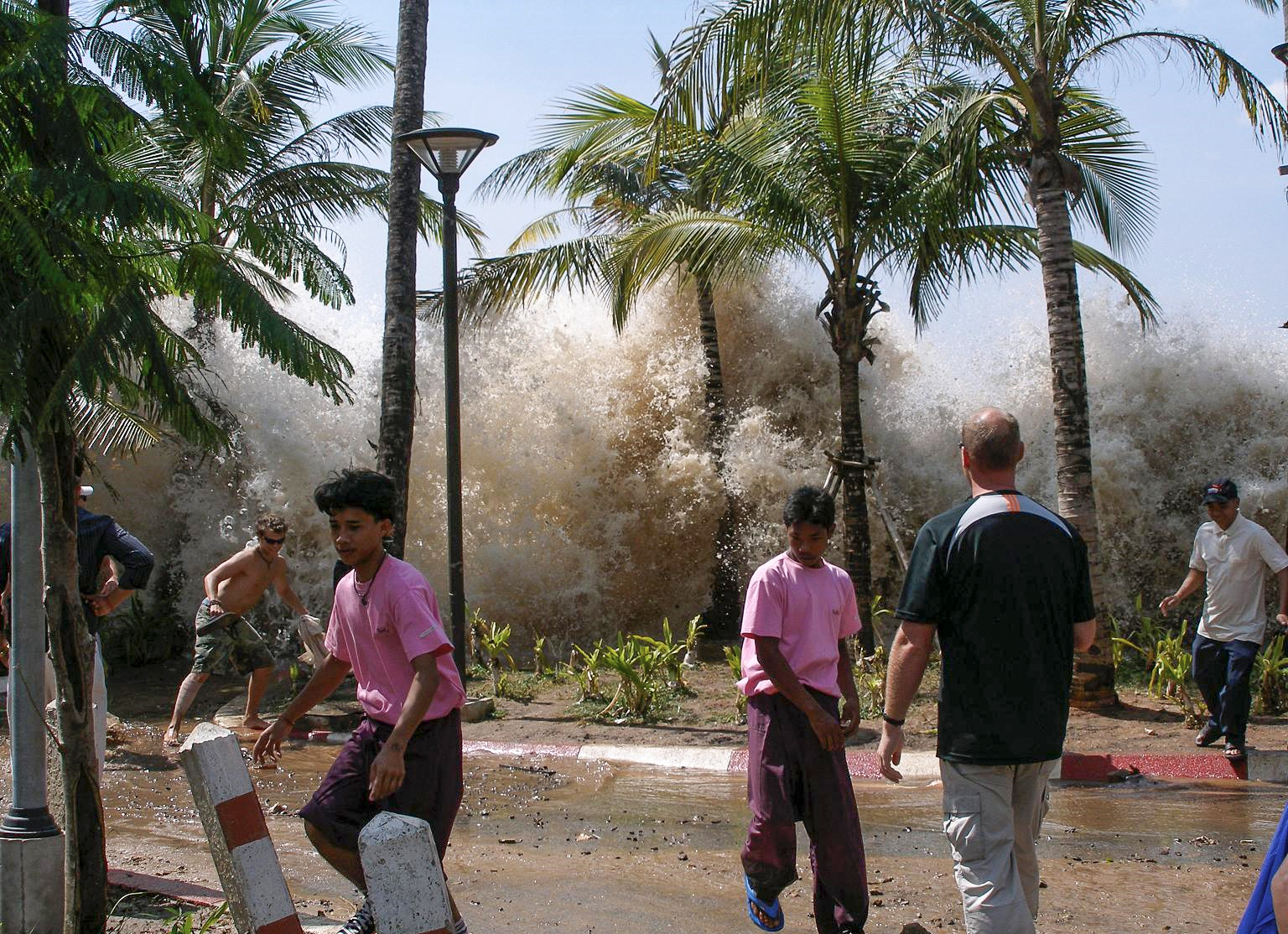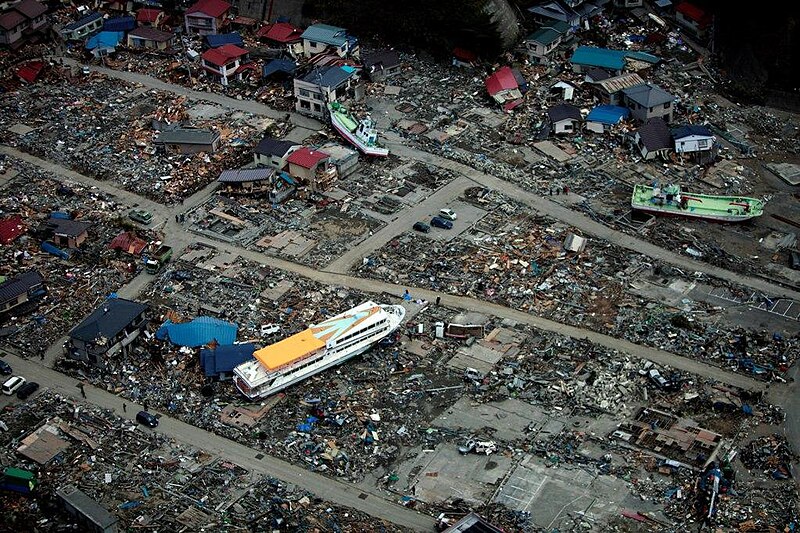Landslide ( แผ่นดินถล่ม )
Landslides is the motion of the earth. The process, which involves the movement of soil or rock. Along a mountain slope or hill.
1) factors that cause landslides. Landslides occurred due to gravity may drop off the flaking or collapses it. What are the triggers landslides are both natural and man-made.
1.1 Natural factors are as follows.
1. Severe earthquakes will result in a steep slope area land movement down by gravity.
2. Heavy precipitation events. Heavy rain continuously for several days. Collect rainwater to seep into the soil. When the soil is unable to absorb them is slipping down the slope with trees and debris and are of different sizes. Flow as well.
In addition, landslides can be caused by other factors, such as volcanic eruption melted snow or snow tsunami of change of groundwater. Erosion of the banks of the continental shelf, and so on.
Human factor of 1.2 is as follows.
1. Digging their hillside . Slope or hillside. To agriculture, road expansion in the flat land etc.
2. Suck sand from the river. Or on land.
3. Digging deep . Construction in the basement of the building.
4. Compacted soil to allow the construction of the underground movement in the vicinity.
5. Pumping groundwater. Excessive groundwater .
6. Deforestation for farming , gardening etc.
2 . Situation landslides . Landslides in different countries and in a similar manner is often in mountainous areas with steep slopes. Adjusted to the forest areas. Build homes. A resort town. And when the rain continued longer than 24 hours, often out of mud landslide debris into debris timber with water . Damage to both life and property at all times. And the occurrence of such events often occur more frequently And more intense each time with the same example, the African continent has caused landslides in the mountainous eastern part of the village . In March 2553 , due to heavy rain in the area continuously. As a result, more than 100 people have died and more than 300 people were missing and the South China landslides often as on 5th July 2553 has caused heavy rains in the province of Yunnan and Sichuan . Resulting landslides have killed 148 people and houses damaged.

For example, when a landslide in the May 23, 2549 in the district of Lae Tha Pla district, Muang Uttaradit. Sisatchanalai district. Sukhothai.
1.5 of coastal erosion .
Coastal erosion (Coastal Erosion) is that the coast is eroded by the action of the waves in the sea , and bordered to the mean coastal retreat into the earth. Impact on the environment and human life .
Factors that cause coastal erosion . Are as follows.
Tsunami , resulting in coastal areas as a reason for the change markedly as earthquakes, volcanic eruptions , landslides and so on.
Climate change . Into the factors that make the world a different environment, the higher the temperature . Hot air up to the wind . Tidal waves, severe changes. Storm intensity and frequency than ever before.
Sea level rise. Rising sea levels caused by the air temperature is higher. The waters rose . And also in the polar regions and glaciers on the mountain high melt flow into the ocean.
The geological structure of the ocean with sea shell plate movement caused by subsidence of the area. The subsidence of coastal areas can be caused by pressure or compressibility of the sediments in the area or may be caused by digging or vacuum pumps , both solid and liquid out of the area , such as groundwater pumping up the volume. Cause subsidence of the area .
Sediment flowing into the sea is reduced. From the building blocking the natural flow of water . The decrease in sediment along the coast . Erosion occur so easily.
Human activities on coastal development without compliance with the coastal environment such as building skyscrapers along the sandy beach outside at the sea. The reclamation of the sea to the land . Changing mangrove as natural barriers to other benefits . The construction of large blocks of natural movement of waves and currents, etc.
2 ) the coastline has been eroded. Measurements of sea level. By measuring the water North Sea over the world have found that some of the changes that have increased from 12 to 15 cm sea level rise will cause subsidence of land , for example, the U.S. has lost . West Island area skaters (Whale Skate) in the Hawaiian Islands . Of the rise of sea level or the population of Tuvalu who are afflicted to seek a new address. The land is sinking as well. It has been estimated that If sea levels rise 1 meter area of the coast of Saudi cluttered old lost 0.05 percent of Egypt 1 percent in the Netherlands 6 percent in Bangladesh, 17.5 percent, and the Marshall Islands may lose space to 80 percent . such change has been estimated that during the next 30 years there will be a settlement of the coast has been eroded and the variability of the global climate will increase the intensity level up to 20 % and will result in disaster. floods , landslides , soil subsidence and drought , the eccentricities of the air. And other disasters . Followed by many .

For coastal areas of Thailand have a length of about 2,600 kilometers, covering the coast of the Gulf of Thailand and the Andaman and 23 provinces coastline on the Gulf of Thailand has a length of about 1,650 kilometers, covering 17 provinces, including Bangkok, Chantaburi, Rayong, Chonburi, Chachoengsao, Samut Prakan, Bangkok, Samut Songkhram, Phetchaburi, Prachuap Khiri Khan, Chumphon, Surat Thani. Nakhon Si Thammarat, Songkhla, Pattani and Narathiwat, the Andaman Sea has a length of approximately 950 kilometers of coastline, covering six provinces including Ranong, Phang Nga, Krabi, Trang and Satun.
Coastal areas of Thailand, 23 provinces were experiencing severe coastal erosion rates vary. The area was experiencing severe coastal erosion is an important economic and social areas, such as a Bang. Bangkok Coastal Phetchaburi - Prachuap Khiri Khan Coast of Chonburi, Rayong, Trat, Nakhon Si Thammarat, Songkhla, etc. Mineral Resources have been assigned by the Ministry of Natural Resources. Environment to host and perform troubleshooting. Coastal erosion and river banks. Gather preliminary data analysis to the problem of coastal erosion crisis found. Thian coast eroded over a period of five kilometer coastal Cha-aum
Phetchaburi Province . Coast and Hua Hin. Question. Severely eroded , a distance of eight kilometers and has a beach area that is so important, the royal house of Ma Hua Hin Beach . Klai Kangwon Palace . Being eroded in the medium at a distance of about 40 km coastal Pattani - Narathiwat eroded severely , a distance of about 35 miles and the coast Trad found eroded severely , a distance of about 8 km , with the cause of the bite . erosion and condition vary. Required to perform status . And the solution is unique for each friend . The need to study the problem . And environmental factors and geological oceanography . For guidelines on prevention. Solutions to fit each of the critical areas .
3) the impact of an eroding shoreline. Coastal erosion that occurs in many areas of the coastal regions. And affect the coast of Thailand in the following.
1. Coastal ecosystems . The coastal ecosystems such as forests , wetlands, coral reefs , sea grass and other creatures are destroyed , resulting in degraded coastal environment .
2. Economic conditions on the sea, no rich men Somboon . No natural beauty . Resulted in fewer tourists . Impact on the tourism industry . The revenue of the country. And impact on coastal aquaculture . Result in an economic loss of many
Three . Prachn livelihood of coastal erosion causing damage to buildings . Loss of land and property. Impact on quality of life and lifestyle of the community change. Many communities had to be evacuated from the area.
4) Troubleshooting coastal erosion . Coastal erosion problems are complex. Since there are many reasons factors together , it is difficult to find the real cause . And fix them on the spot , so the time to fix the past . It was not successful enough. Nonetheless . Agencies. Have attempted to alleviate the problem. And reduce the impact of coastal erosion in various ways . The problem today is how to fix two ways .
4.1 ), a natural conservative treatment , including the ground swells and beach forest , mangrove and seagrass . And coral reefs . In particular, the conservation of mangroves . This will be important in helping to reduce the severity of the wind . This is one of the main causes of coastal erosion already . Mangrove habitats as refuge breeding of marine animals , which is a source of food for local people as well.
4.2) engineering methods . The problem of coastal erosion . By engineering methods that Intended to trap sediment beaches. Wave energy dissipation . And try to maintain a balance beach . The engineering methods used to create such a breakwater barrier waves offshore. The embankment wall . Create artificial reefs etc.

